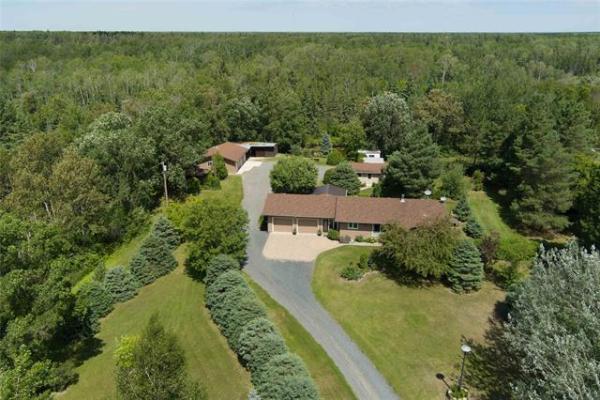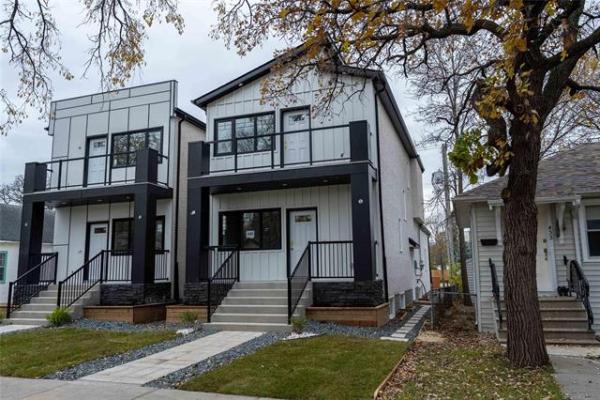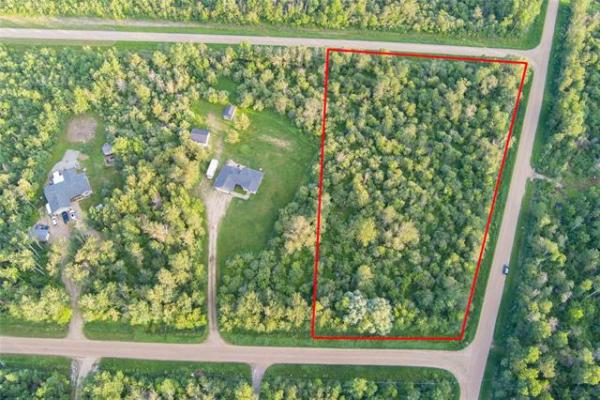Question: I have a vertical line of brown appearing on my stucco, from under the eaves running down the wall, that appears after rains. This just started this year with the heavy rains. I am wondering if there is a roof leak issue. I have solar panels on the roof for our swimming pool and wonder if there is a leak from the screws or something else.
-John Heke.
Answer: Discolouration of stucco after a good wetting is quite normal, but if the colour does not return to normal after it dries can be a cause for concern. The stains may be from dirt washing down from above, but are more likely due to moisture coming through the exterior wall. Pinpointing the actual source of the water may be more difficult to determine, but moisture from the attic may be the best bet.
Stucco is a widely used and generally long-lasting siding material in many locations around the world. It is reasonably quick and easy to apply, by experienced contractors, and thus is an economical choice for many homes. The base layers, typically composed of thin layers of cement-based mortar, are trowel applied over metal stucco wire. The specialize wire is secured to the exterior sheathing, over top of the building paper or Housewrap, and is crimped. This allows for a decent thickness of “scratch coat”, to serve as the base for the coloured layers. Once the initial layer dries, it will shrink, slightly pulling away from the thin membrane behind. This leaves a small cavity behind the stucco for excess moisture absorbed from precipitation. This cavity is critical to prevent moisture intrusion and damage to the exterior wall assembly.
Once the scratch coat is sufficiently cured, the coloured finish layers are applied and splattered or troweled to give the stucco its unique design. This finished product is softer and more flexible than the scratch coat, but is often more absorptive and more easily damaged. Because of these properties, stucco will readily get wet and slightly change its appearance after a good rain, or from melting snow in contact with the surface. As long as the wetting is not prolonged, and dries relatively quickly during sunny weather, the stucco should not become damaged or permanently discoloured. If it remains wet for an extended period of time, or is too frequently soaked, it will deteriorate. If that happens, the surface coats will disappear, leaving the exposed grey scratch coat. If that becomes deteriorated, damage to the wall assembly is almost assured.
Staining will occur on stucco for several reasons. The most common cause is dirt impregnating itself in the surface, typically by washing off areas above like roofs, eavestroughs, or windows. These can often be cleaned or removed with soap and pressurized water, but may become more permanent if left too long. Brownish stains, like in your inquiry, often come through various building materials before showing up on the surface. The brown colour is usually associated with various pigments that are picked up and transported by the moisture that travels through various building materials. They are normally an indication that wetting has not occurred on the exposed surface of the siding, but from within, above, or behind the stained area.
Because of the multiple fasteners required to secure your pool solar panels, and the roofing beneath, to the roof sheathing, a leak at any point is possible. Even with good quality workmanship and materials, sealing materials for these fasteners may eventually deteriorate, come loose, or disintegrate. Once that occurs, small leaks are likely. The solution to that is regular inspection and repairs, as with any well-maintained house system. The real question is whether this is the source of the moisture, or it is something more insidious?
Because you have not seen these unusual stains in past years, even though the roof and solar panels have been around for a while, they could be due to recent events, environmental or otherwise. As you have stated, this spring has been one of the coolest and wettest on record, so are the stains just due to the wet weather? Or, is the almost constant rain of the last few weeks, following one of the heaviest snowfalls in decades, causing a new leak through the outside of the house. While this is possible, and the roof, eavestrough system, and other exterior components should be closely inspected to rule it out, there may be another culprit.
This past winter had some of the longest extended periods of bitter cold in decades, with almost no days above freezing, so that should be a clue. Attics, in particular, can be adversely affected by prolonged cold spells. Warm air that leaks in from the heated living space may condense on the framing and underside of the roof sheathing. This will produce a layer of frost, in very cold weather. In a typical year, this layer may be thin and will melt at least two or three times during brief winter thaws. If the thaws don’t occur, the frost will continue to get thicker. Also, a heavy layer of snow on the roof, as was very common this winter, will help insulate the frost, keeping it from melting from the heat of the sun. When it does finally warm up, and the snow melts, the water from the melted attic frost may run down the underside of the sheathing until it hits a vertical or horizontal surface, likely above the exterior walls or soffits. If this moisture is excessive, it can drip into the exterior wall cavity, wetting the insulation and framing. That moisture should eventually escape the wall by evaporation, but if there is too much, it may drain through to the exterior. Or, the water will drip down the exterior wall sheathing, behind the stucco, wet the scratch coat, and eventually bleed through the surface, depositing brown stains from the materials it passed through, into the porous stucco.
Brown stains on the surface of your stucco may show up in spring due to dirt and debris collecting during the previous fall and winter, but are more likely coming from the attic above. Trying to keep the relative humidity in the home to a minimum, during the heating season, and keeping your attic well ventilated and dry, may help prevent a reoccurrence in subsequent years.
Ari Marantz is the owner of Trained Eye Home Inspection Ltd. and a Registered Home Inspector (RHI)(cahpi.ca). Questions can be emailed to the address below. Ari can be reached at 204-291-5358 or check out his website at trainedeye.ca.
trainedeye@iname.com



